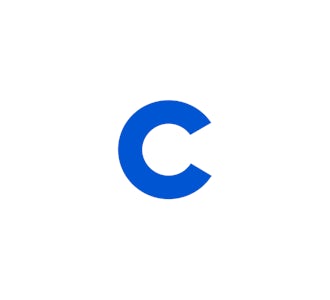![[Featured Image] Two UX designers brainstorming on ideas for a website. They are surrounded by sketches of user flow and design tools. One is gesturing to the laptop that is in front of them, and the other is looking at a paper with sketches.](https://images.ctfassets.net/wp1lcwdav1p1/58d1EEgRB6Vg20G9w8PDRv/5b598c4465555ea9ae29ece632ec1373/GettyImages-2169040304.jpg?w=330&h=216&q=60&fit=fill&f=faces&fm=jpg&fl=progressive)
UI vs. UX Design: What’s the Difference?
Learn about the differences between UI and UX (and which might be a better career for you).
May 6, 2021
Article
As an entry-level UX designer, you’ll apply technical skills in prototyping and wireframing to develop user-friendly products and services. Start your UX career today with the help of our free resources.

Learn the basics of UX design

Skills you'll gain: Responsive Web Design, Storyboarding, Wireframing, User Experience Design, UI/UX Research, Usability Testing, Information Architecture, Presentations, User Experience, User Research, Design Thinking, Figma (Design Software), Design Reviews, Web Content Accessibility Guidelines, User Story, Data Ethics, User Centered Design, Usability, Interviewing Skills, Professional Development
Build toward a degree
Beginner · Professional Certificate · 3 - 6 Months

Skills you'll gain: User Experience Design, User Research, Design Thinking, Usability, User Centered Design, User Interface (UI), Mockups, Prototyping, Sprint Retrospectives, Wireframing, Web Content Accessibility Guidelines, Sprint Planning
Beginner · Course · 1 - 4 Weeks

Skills you'll gain: User Experience Design, User Experience, Web Content Accessibility Guidelines, User Story, Usability, User Centered Design, Design Thinking, User Research, Human Factors, Human Centered Design, Ideation, Competitive Analysis, Persona Development
Beginner · Course · 1 - 4 Weeks
As an entry-level UX designer, you’ll be expected to know the basics of the design process and apply your skills toward mapping user flows, designing wireframes and prototypes, conducting usability studies, and managing and meeting with stakeholders. Explore the free resources below as you take the first steps in your UX career:
Learn the lingo: Glossary of UX Terms and Definitions
Take the quiz: UX Career Quiz: Is It Right for You? Find Your Role
Watch on YouTube: Career Spotlight: UX Designer
Ready to start learning? Explore our catalog of UX design courses for beginners or accelerate your career growth with a Coursera Plus subscription. When you enroll in either the monthly or annual option, you’ll get access to over 10,000 courses.
Entry-level UX designers can expect to make a median total pay of $82,000 with 0-1 years of experience, according to Glassdoor*. That number goes up to $93,000 per year with 1-3 years of experience.
*Glassdoor. UX Designer Salaries, https://www.glassdoor.com/Salaries/ux-designer-salary-SRCH_KO0,11.htm. Accessed September 19, 2025.
To become a UX designer, you’ll want to gain skills in developing prototypes, wireframes, and user flows (usually with Figma or Adobe), basic UX research, problem solving, and communication with stakeholders. Many entry-level jobs seek a bachelor’s degree as a requirement, so it might be helpful to earn a degree in a related field or a professional certificate. Then, take on UX design projects, create a portfolio, and apply for entry-level jobs and internships.
In short, yes, you do need a portfolio to land your first job in UX design. While it doesn’t need to be fancy, you’ll want to be able to demonstrate that you’ve sought out and contributed to projects with meaningful impact. In your portfolio, make sure to explain that you are an expert in the design thinking process and can improve a product’s usability and aesthetic.